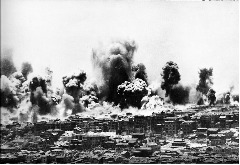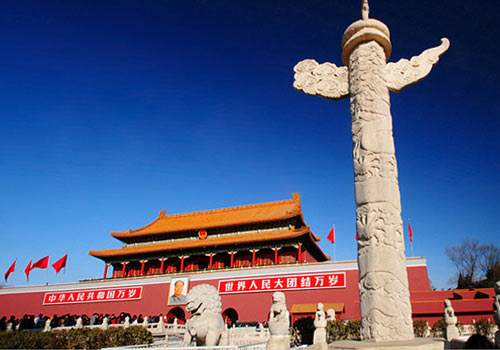samsara
SENIOR MEMBER

- Joined
- Oct 28, 2016
- Messages
- 2,793
- Reaction score
- 8
- Country
- Location
Thank you @AndrewJin for your high quality thread as usual... this info will teach me to know Chongqing better  (never visit this municipality, just airport transit to Lhasa few years ago)
(never visit this municipality, just airport transit to Lhasa few years ago)
btw you have set a certain high standard for creating some particular topic in PDF
I wonder if the HQ videos are available in the Baidu Cloud, will try to look there for this significant series. Last time when I dug there I got the last three matches of 中国女排 at Rio 1080i HDTV CCTV5 TS files, each >10 gigs and CCTV9's Roof of the World EP1-6 about the Qinghai-Tibetan Plateau, an awesome series.
and CCTV9's Roof of the World EP1-6 about the Qinghai-Tibetan Plateau, an awesome series.
Grab those youtube vids and make a good playlist (10 vids)... seems you'd uploaded these vids (1-7) there by your own "Jin V"
"Jin V"
It's sad to learn that the creation of these monumental series did cost four lives in the process. The eventual aired release --and I hope the series will be aired widely through various networks incl. possibly the CGTN Documentary / CGTN channel (formerly CCTV [Eng]) / CCTV 4 中文国际 some time later-- should serve as a good remembrance of the fallen crews. RIP!
btw you have set a certain high standard for creating some particular topic in PDF

I wonder if the HQ videos are available in the Baidu Cloud, will try to look there for this significant series. Last time when I dug there I got the last three matches of 中国女排 at Rio 1080i HDTV CCTV5 TS files, each >10 gigs
 and CCTV9's Roof of the World EP1-6 about the Qinghai-Tibetan Plateau, an awesome series.
and CCTV9's Roof of the World EP1-6 about the Qinghai-Tibetan Plateau, an awesome series.Grab those youtube vids and make a good playlist (10 vids)... seems you'd uploaded these vids (1-7) there by your own
Good explanation! Yes, today both are immense cities... and I think both are the anchor cities of the land routes to western regions in OBOR Initiative.One rationale to establish Chongqing Municipality was to provide Chengdu and Chongqing equal chance, otherwise, there would be 2 equally huge metropolises (Chongqing and Chengdu) within one province. As the Chinese saying goes, one mountain cannot accommodate 2 tigers. Ever since Chongqing was no longer administered by Sichuan Province, both Chengdu and Chongqing have developed at an unprecedented speed without internal power struggle within one province.
Chongqing
Chengdu
Just to make sure... are these CGIs or real pics? Planning or already built?It's a 3D transport network which even include elevator and lifts as public transport methods.
View attachment 379328 View attachment 379331 View attachment 379330 View attachment 379329
1997-2017
20 years of establishment as an independent municipality
Chongqing became the spearhead of China's effort to develop its western regions and to coordinate the resettlement of residents from the reservoir areas of the Three Gorges Dam project. Its first official ceremony took place on the 18 June 1997.
To pay tribute to the 20th anniversary, Chongqing TV prepared a video in 2016 about the scenery and development districts and counties within the municipality (as big as a province), finally launched during 2017 Spring Festival after the tragic crash of the helicopter into the mountains claiming 2 pilots and 2 cameramen.
0-9:40 The main city (Chongqing Proper), the traditional Chongqing
9:45-35:20 Outer districts and counties outside the main city
35:20-end Chongqing main city at night
It's sad to learn that the creation of these monumental series did cost four lives in the process. The eventual aired release --and I hope the series will be aired widely through various networks incl. possibly the CGTN Documentary / CGTN channel (formerly CCTV [Eng]) / CCTV 4 中文国际 some time later-- should serve as a good remembrance of the fallen crews. RIP!
Last edited:












